
Introduction
The learning environment is the canvas on which young minds begin to paint their futures. In early childhood education (ECE), the physical space is more than just a backdrop; it is an active participant in shaping children’s experiences, behaviors, and development. Thoughtfully designed spaces can inspire curiosity, creativity, and a love for learning. As we dive into the world of designing learning environments, we’ll explore how to create spaces that not only educate but also ignite the imagination of young learners.
Importance of Early Childhood Education (ECE)
Early childhood education shapes a child’s cognitive, social, and emotional development. The right environment fosters creativity, engagement, and security, enhancing these critical years. Institutes like the BEST Teacher Training Institute in Mumbai Borivali, the Best ECCEd Teacher Training Institute in Mumbai Borivali, the Best Jolly Grammar Teacher Training Institute in Mumbai Borivali, and the Best Jolly Phonics Teacher Training Institute in Mumbai Borivali train educators to design learning spaces that nurture children’s growth and support their lifelong learning journey.
Overview of the Blog’s Focus
This blog will delve into how the physical design of ECE settings directly impacts learning outcomes, creativity, collaboration, and problem-solving skills. We’ll explore research, practical tips, and real-world examples to illustrate the power of well-thought-out spaces.

The Impact of Physical Design on Early Childhood Learning
1.1 Research Findings on the Connection Between Physical Environment and Learning Outcomes
Research consistently shows that the physical environment of learning spaces affects children’s behavior, focus, and engagement. For instance, bright, open spaces with ample natural light are linked to improved concentration and cognitive function. Conversely, cluttered or overly stimulating spaces can overwhelm young children, making it difficult for them to focus. The design of a learning environment can also influence children’s sense of independence, confidence, and motivation to learn.

1.2 Design Elements That Influence Behavior and Learning
Colors, lighting, and spatial arrangement play a significant role in shaping children’s learning experiences. Warm, inviting colors like soft yellows and greens create a calming atmosphere, while natural light enhances mood and attention. Flexible furniture arrangements encourage movement and collaboration, allowing children to engage in both solitary and group activities. By intentionally designing spaces with these elements in mind, educators can promote positive behaviors such as focus, creativity, and cooperative learning.

1.3 Fostering Creativity, Collaboration, and Problem-Solving Through Design
Creative thinking and problem-solving flourish in environments that promote exploration and interaction. Open and adaptable spaces filled with engaging materials support this learning style. For instance, a well-organized art corner can inspire creativity, while flexible seating encourages collaboration. The BEST Teacher Training Institute in Mumbai Borivali, along with the Best ECCEd Teacher Training Institute in Mumbai Borivali, the Best Jolly Grammar Teacher Training Institute in Mumbai Borivali, and the Best Jolly Phonics Teacher Training Institute in Mumbai Borivali, emphasize the importance of integrating design features that nurture these essential skills, empowering children to become confident learners ready to explore new ideas.
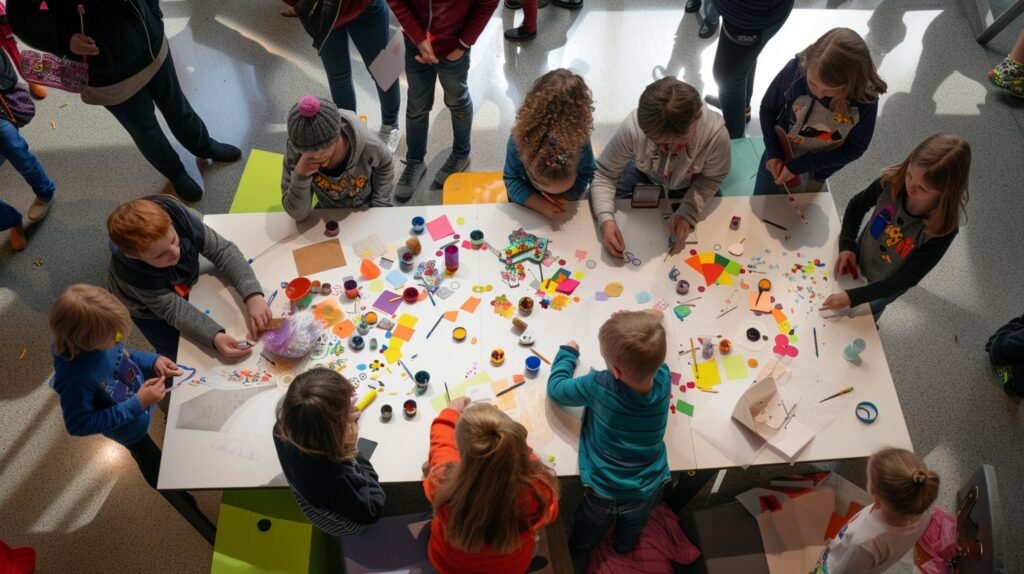
Creating Engaging and Inviting Learning Spaces
2.1 Key Principles of Design for ECE Settings
The design of early childhood spaces should be child-centered, flexible, and inspired by nature. A child-centered approach means creating environments that cater to children’s developmental needs, making materials accessible, and ensuring that the space reflects their interests. Flexibility allows for the space to be adapted to different activities and learning styles while integrating natural elements helps bring a sense of calm and connection to the environment.

2.2 Practical Tips for Stimulating and Inviting Spaces
To create engaging learning environments, keep these principles in mind:
- Organization: A well-organized space reduces stress and allows children to focus on learning. Use shelves, baskets, and labeled containers to create a system where children can easily access and put away materials.
- Zones for Different Activities: Designate different areas for various activities like reading, art, sensory play, and group activities. This encourages children to move between different learning experiences throughout the day.
- Inviting Aesthetics: Incorporate soft lighting, comfortable seating, and child-friendly artwork to create a welcoming atmosphere that invites exploration.
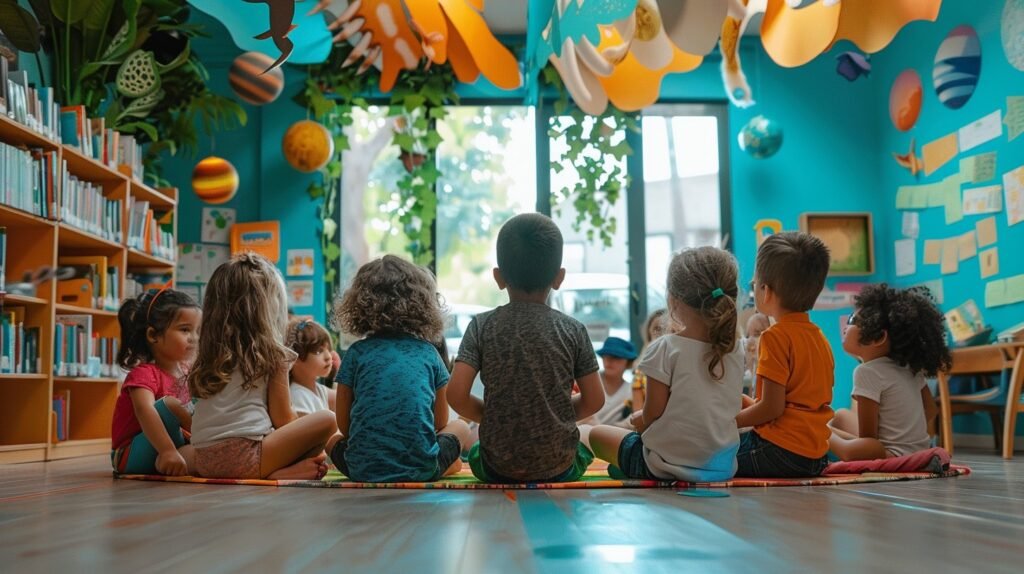
2.3 Innovative Design Ideas
Incorporate whimsical, imaginative elements into classroom design. For instance, consider adding cozy reading nooks with soft cushions, treehouse-inspired structures for imaginative play, or outdoor classroom space for science exploration. At the BEST Teacher Training Institute in Mumbai Borivali, educators learn how to use such innovative design strategies to create inspiring ECE spaces. Additionally, the Best ECCEd Teacher Training Institute in Mumbai Borivali, along with the Best Jolly Grammar Teacher Training Institute in Mumbai Borivali, emphasize the importance of designing spaces that adapt to diverse learning needs and styles.
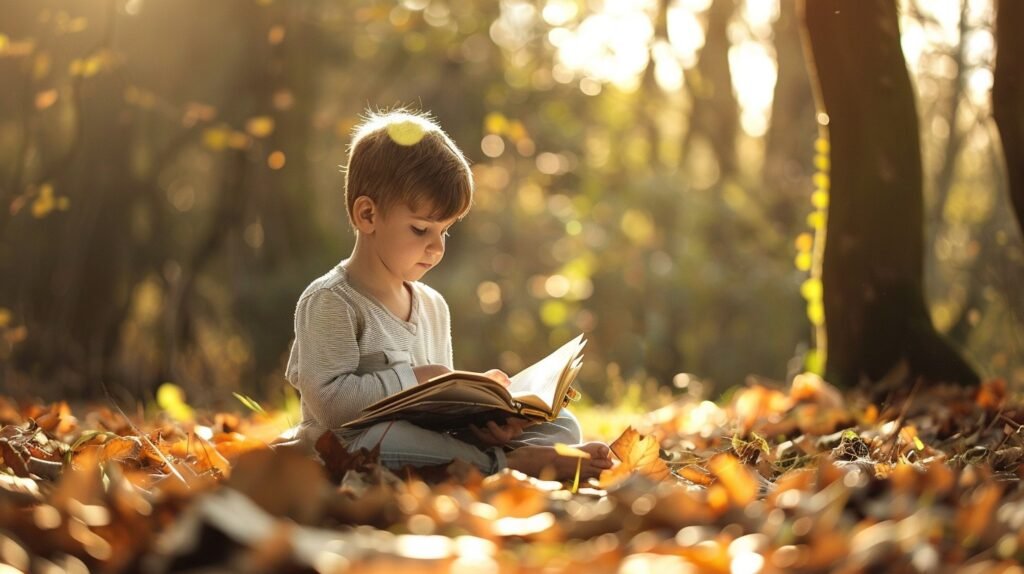
The Role of Natural Elements in Early Childhood Education
3.1 Benefits of Incorporating Nature into Learning Environments
Nature plays a vital role in a child’s cognitive, social, and emotional development. Research shows that children who spend time in nature exhibit better attention spans, problem-solving abilities, and stress management skills. Bringing elements of nature into the classroom—whether through indoor plants, natural lighting, or outdoor learning spaces—can significantly enhance children’s well-being and learning experiences.
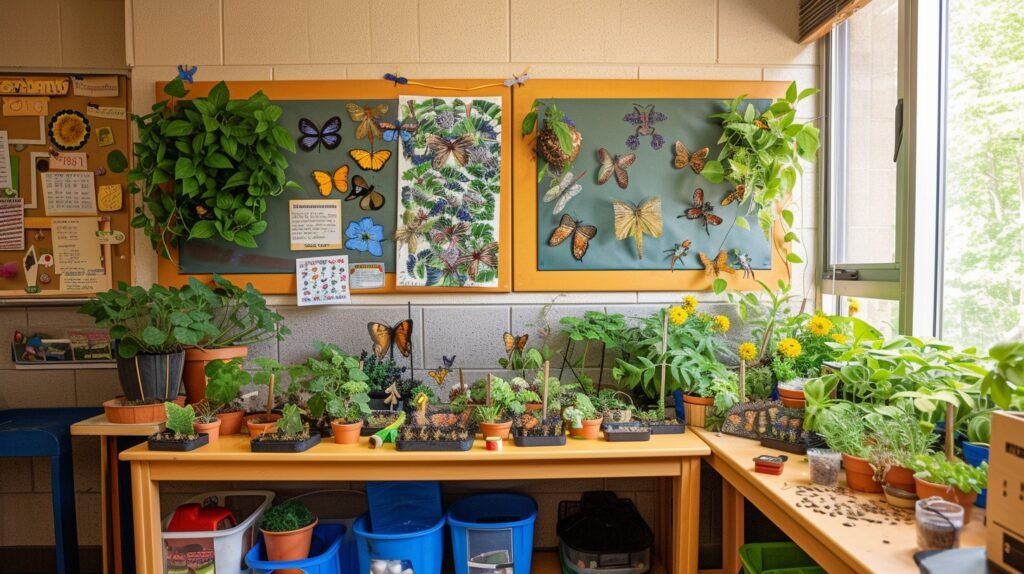
3.2 Ideas for Natural Play Areas and Green Spaces
Creating green spaces within or around the learning environment allows children to engage with the natural world. This can be as simple as adding a garden where children can plant and tend to flowers and vegetables or creating a nature-inspired playground with logs, stones, and sand. The Best Jolly Phonics Teacher Training Institute in Mumbai Borivali integrates lessons on how natural elements can enhance language learning, using nature walks and outdoor storytelling as part of their methodology.

3.3 Connection Between Nature and Children’s Development
Natural elements not only support cognitive development but also foster social and emotional growth. Engaging with nature helps children develop a sense of responsibility, empathy, and cooperation. It promotes hands-on learning experiences, which are critical for children at this stage of development.

Case Studies: Successful ECE Design Examples
4.1 Showcase Real-World Examples of ECE Facilities
Consider a preschool in Reggio Emilia, Italy, celebrated for viewing the environment as the “third teacher.” This facility features abundant natural light, open layouts, and seamless connections to outdoor spaces. By integrating flexible furniture, natural materials, and imaginative learning zones, it fosters outstanding cognitive and emotional development in children, showcasing how thoughtful design can transform early childhood education.
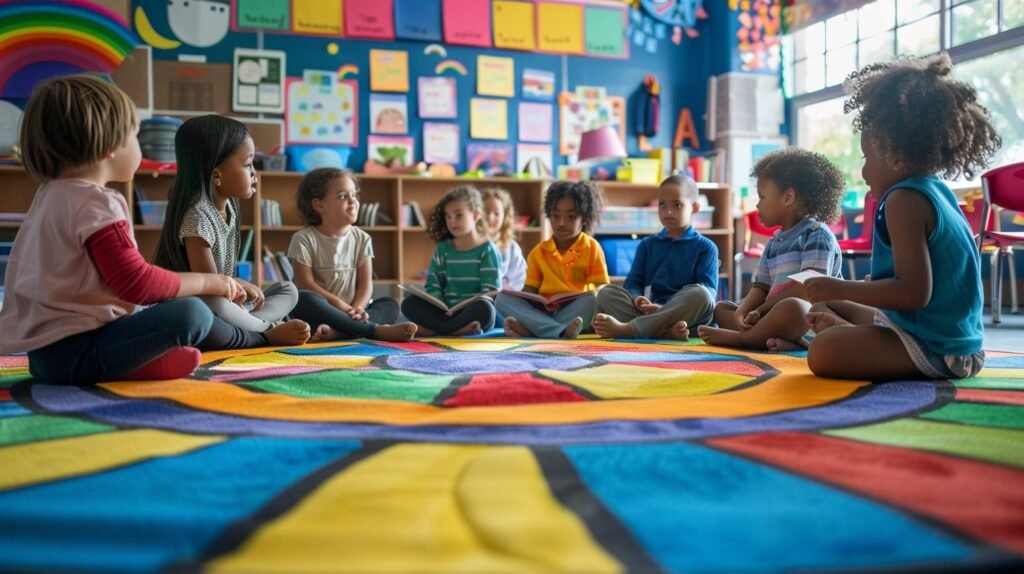
4.2 Features That Contribute to Their Success
Key features include adaptable spaces that change with the children’s needs, an emphasis on accessibility (both to learning materials and natural elements), and a balance between structured and unstructured play areas. These designs prioritize the child’s autonomy and creative expression.
4.3 Positive Impact on Children’s Learning and Development
These thoughtfully designed spaces promote deeper engagement, better social interactions, and enhanced problem-solving skills. Children feel more connected to their learning environment, which fosters a love for exploration and inquiry.
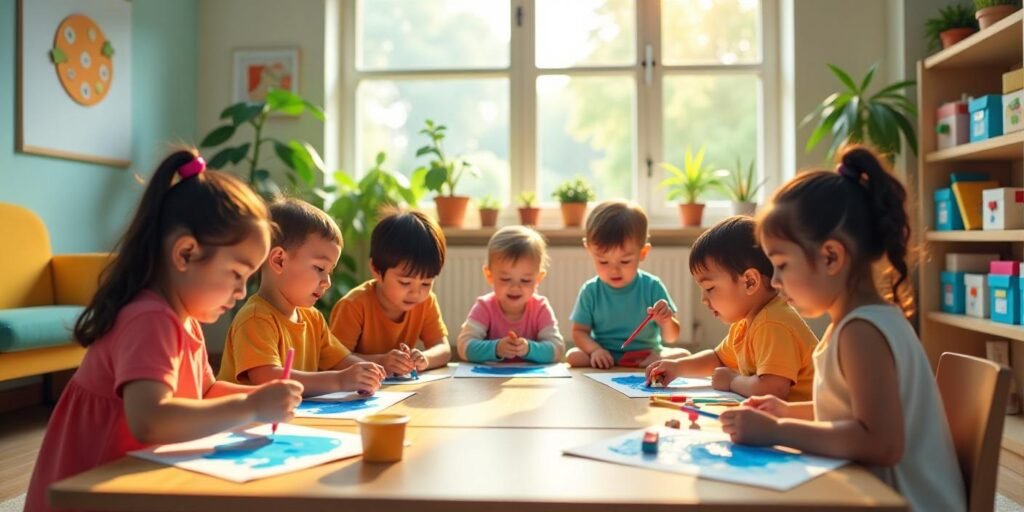
Conclusion
The design of learning environments in early childhood education holds immense power. By thoughtfully considering elements such as color, light, nature, and flexibility, we can create spaces that not only educate but inspire. Thoughtful design leads to improved learning outcomes, fostering creativity, collaboration, and emotional well-being in young learners. As educators and caregivers, it’s crucial to recognize the importance of these environments and to continuously seek ways to enhance the spaces where children grow and learn. Let’s embrace the power of design and create environments where every child can thrive!
By exploring resources like the BEST Teacher Training Institute in Mumbai Borivali, educators can learn how to integrate these principles into their own ECE settings, ensuring a bright future for the children they nurture.


